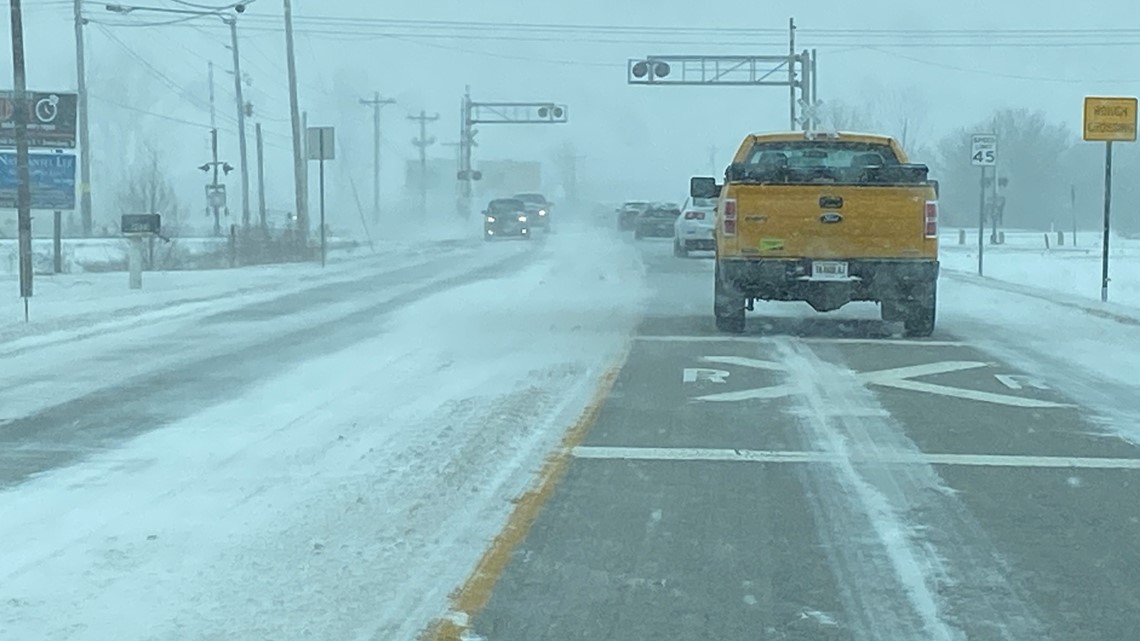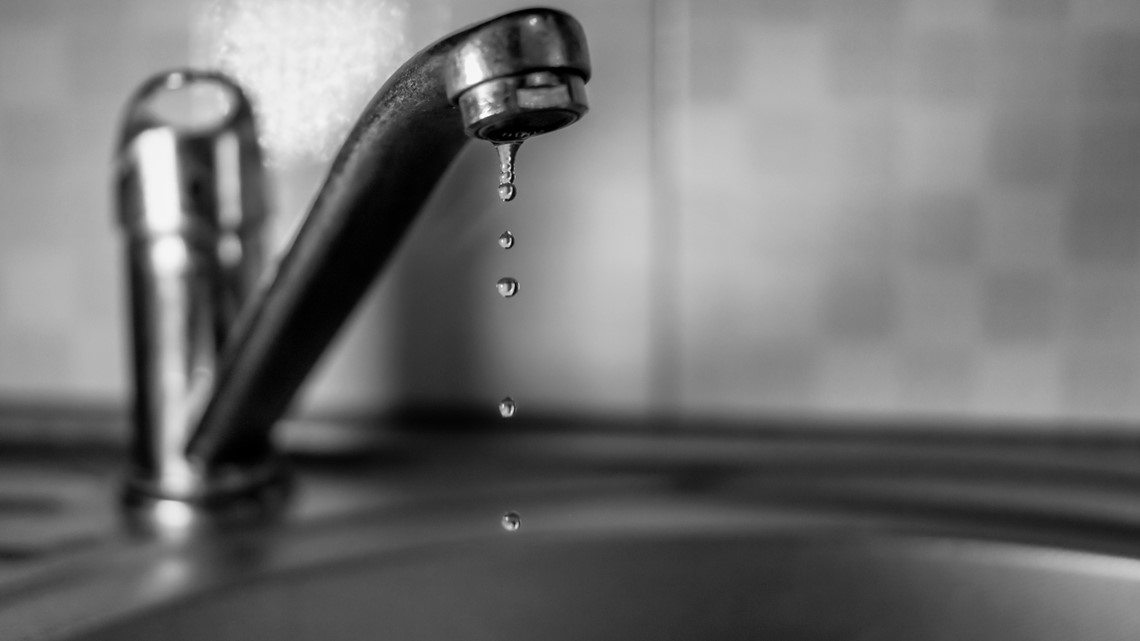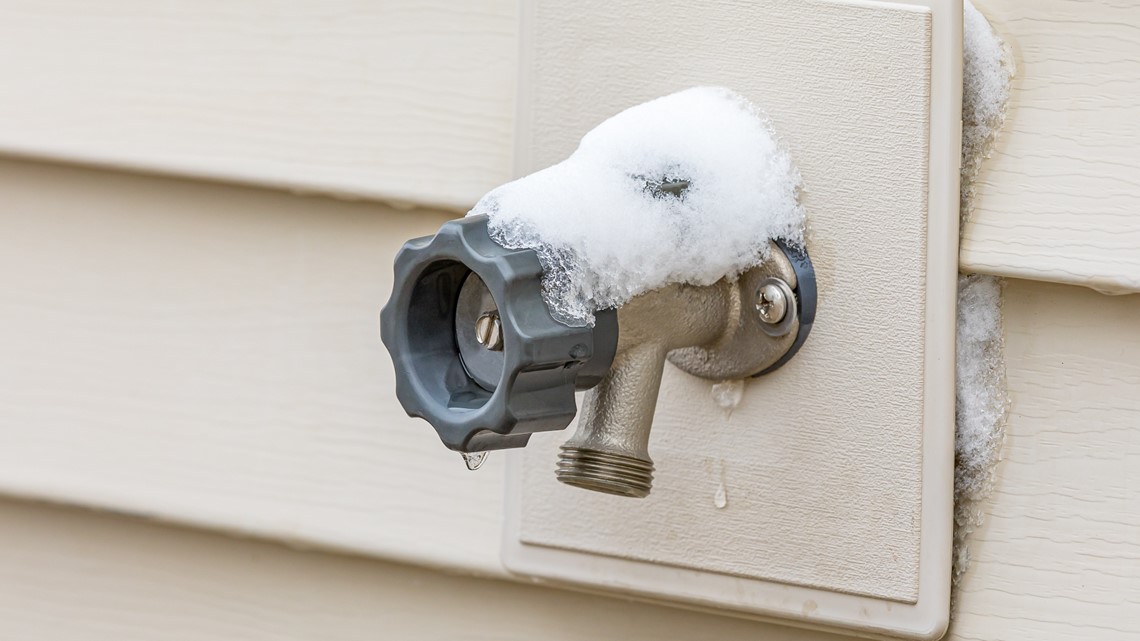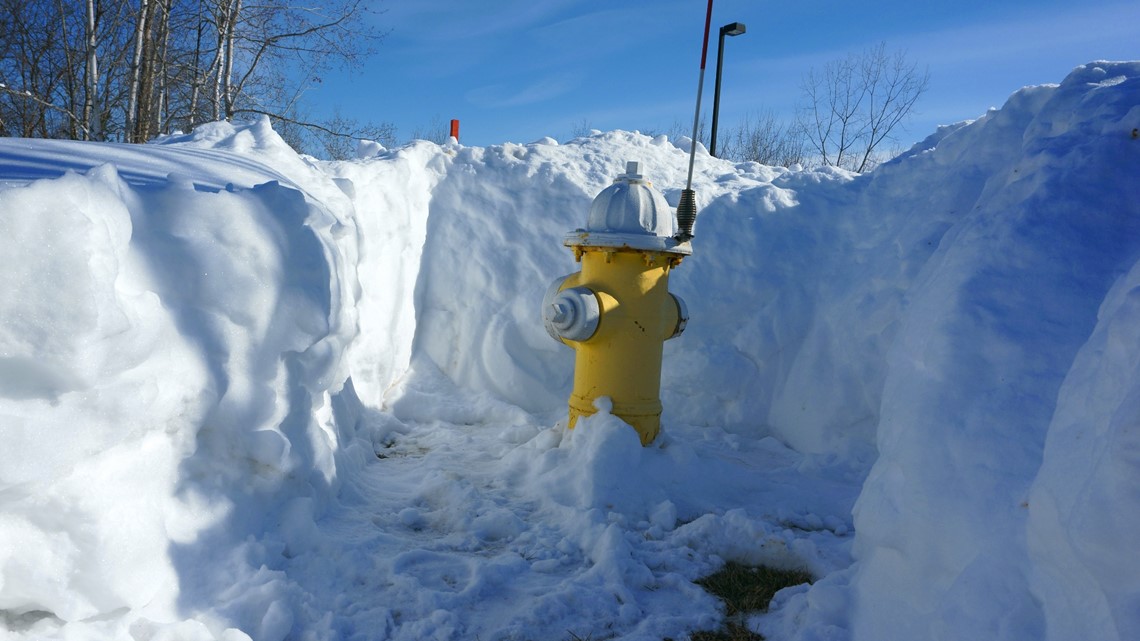INDIANAPOLIS — With the winter storm promising a flash freeze, bitter cold temperatures and below zero wind chills, there are some steps you can take ahead of the storm to prepare your home, car and family.
Emergency kit
Pack an emergency kit with water, nonperishable food items, a first-aid kit, flashlights and extra batteries and blankets. This will help if you lose power or water, or if the road conditions keep you from going out to get food.
More suggestions for what to include can be found here.
Traveling on the roads
It's also a good idea to have an emergency kit in your car in case you become stuck or your car won't start. Having a pair of boots, road flares, and cat litter to help you get unstuck might also be good to include.
Also, top off the washer fluid, check your wipers and air pressure in the tires, and top off your gas tank.
AAA is estimating close to 113 million people will drive or fly 50 miles or more to be with family this holiday from Dec. 23 to Jan. 2.
"That is about 95% of where we were in 2019, so we are almost back to where we were pre-pandemic,” said Lisa Wall with AAA Hoosier Motor Club. “This the third busiest travel season we are expecting to see since we started tracking this back in 2000.”


The winter storm could throw a huge curveball into the mix, with current estimates showing severe weather could hit central Indiana as early as Thursday night.
“We were expecting travel to really kick off Friday the 23rd. Obviously, the weather is going to complicate that a little bit, so I imagine people are going to be shifting their trips earlier or delaying them to avoid traveling on Friday,” Wall said.
AAA said the majority of travelers plan to travel by car this year despite fluctuating gas prices. That is why experts are stressing the importance of planning ahead.
“If you are going to drive a long distance and the weather isn’t ideal, let the people know that you are coming so they can keep track of you and make sure you are going to arrive safely and on time,” Wall said.
With an increase in remote schedules, AAA says the good news is travelers are more flexible this year, which will help cut down on peak travel times.
What to do if you lose power
If you lose power, especially in the bitter cold weather, there are some steps you can take.
First, if you see a downed power line, stay away from it and report it to the power company immediately. Also, make sure to notify your power company of an outage so they can appropriately respond.
If you do have to head out on the roads, remember to take it slow and give utility drivers room to work.
Steps you can take during an outage includes making sure you leave a lamp on, so you'll know when power returns. Try to keep your refrigerator and freezer closed as much as possible to help preserve food.
Do not use a stove or oven to try and heat a home. There are safety concerns that include fires and carbon monoxide.
Avoiding freezing pipes


Freezing pipes can cause big problems and the frigid temperatures can increase chances of it happening.
Look for uninsulated pipes in your home and try to insulate them.
Check to make sure your garage door and crawl space doors/vents are closed.
Leave cabinet doors open in your kitchen and bathroom areas (make sure to move cleaning products that could harm young children). That will help warmer air surround the pipes to try and prevent freezing.
You can let water drip from faucets to also help prevent freezing.
Make certain the water to your hose bibs is shut off inside your house (via a turnoff valve), the lines are drained, and the hose is disconnected from the spigot.


Make sure to not set the thermostat below 55 degrees. Keeping your home 55 degrees and higher is generally considered safe for pipes.
Make sure you know where your main water shut-off valve is in case you need to shut your water off in an emergency.
Other safety measures


As you are clearing the driveway or sidewalk, take a minute to also clear the snow away from fire hydrants. The recommendation is to clear a three-foot perimeter around the hydrant and then a path to the street.
Keeping that area clear can save precious minutes if firefighters are responding to a fire.

